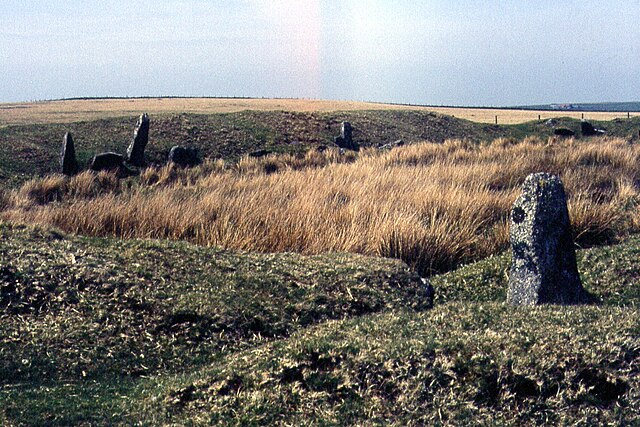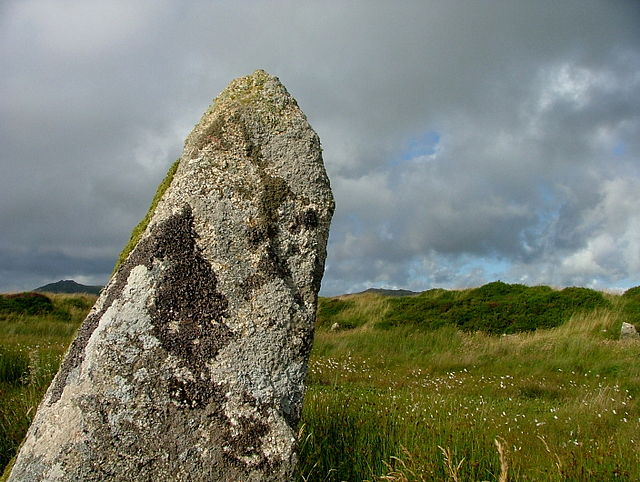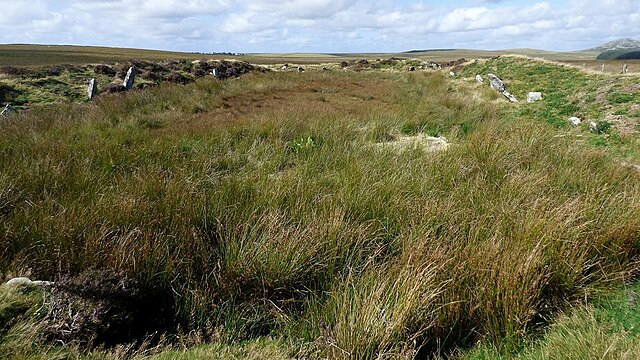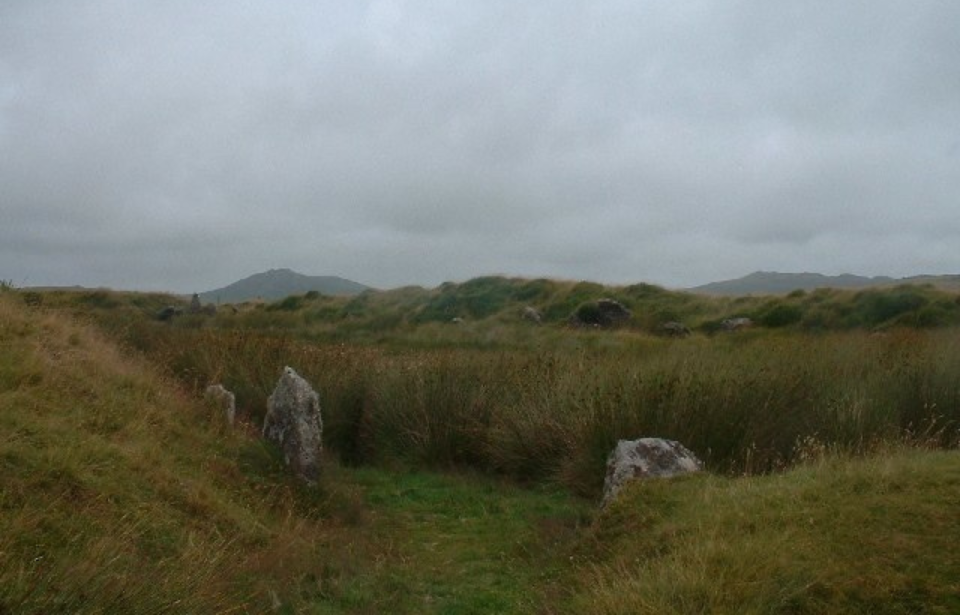Along the Bodmin Moor, in Cornwall, United Kingdom, sits an excavation site known as “King Arthur’s Hall.” Initially believed to date bad to the medieval era, a recent examination of the rectangular structure has thrown that time frame out the window. As it turns out, it actually originated over 5,000 years ago, during the Neolithic Age.

Located in a remote part of Bodmin Moor, King Arthur’s Hall is a stone and earthen structure measuring 21 by 49 meters, with 56 standing stones that rise up 1.8 meters along its inner face. It had been listed by Historic England as a medieval livestock pound that dated to around 1000 AD, but this didn’t sit right with some; many experts claimed the structure’s alignment and stones give the impression that it’s much older.
This led to a renewed excavation by the Cornwall Archaeological Unit (CAU), with support from specialists from the universities of St. Andrews, Newcastle and Reading. After excavating a small trench near the entrance and taking soil samples, the team used Optically Stimulated Luminescence (OSL), which measures when the dirt was last exposed to light, to date the site.
This led them to change the time frame during which the structure originated to the late fourth millennium BC.
In a statement, Tim Kinnaird of the School of Earth and Environmental Sciences at the University of St. Andrews, shared, “It’s extremely exciting that we’ve finally been able to date construction of this enigmatic monument, previously grounded in myths and legends.”

Along with dating the structure, the CAU’s analysis showed that the standing stones making up the inner portion of the structure are local to the region. This, along with other prehistoric monuments around Bodmin Moor, suggest that the area was once home to a thriving Neolithic community.
“We were able to demonstrate that the buried soil beneath the bank was disturbed at construction – resetting the luminescence signals, and providing the opportunity to date the monument,” Kinnaird explained, adding, “Given that the monument is now 4,000 years older than first thought, we now need to consider the monument within the context of Bodmin Moor’s prehistoric landscape, and the other structures on the moor that might have been significant at the time.
“This all alludes to a rich Neolithic landscape, evidencing an active community on the Moor, which requires further investigation.”

Excavations at other areas of King Arthur’s Hall, which resulted in the collection of seeds, insects, pollen and parasite eggs, have also shown that the structure was actively used for thousands of years – it could have been used as a pond, then as a reservoir for tin mining.
More from us: Tunic Belonging to Alexander the Great Discovered in Royal Tombs
Want to become a trivia master? Sign up for our Today In History newsletter!
While there’s no evidence to suggest King Arthur actually existed, the Bodmin Moor structure was connected to him as early as 1584. The region has long been associated with the folk hero, with legend stating it was where he fought his final battle.
